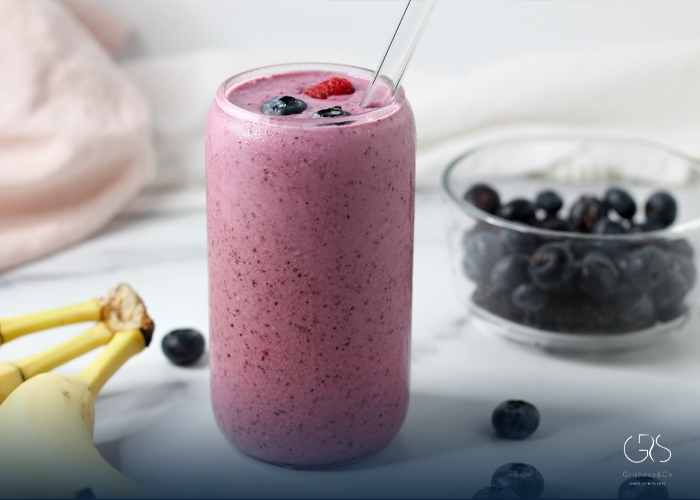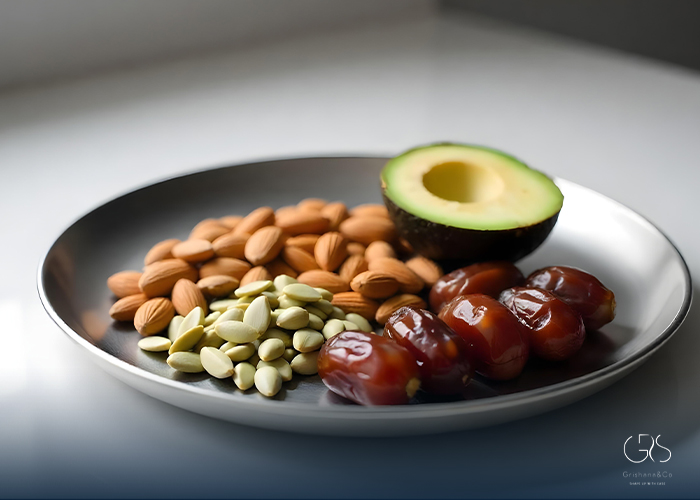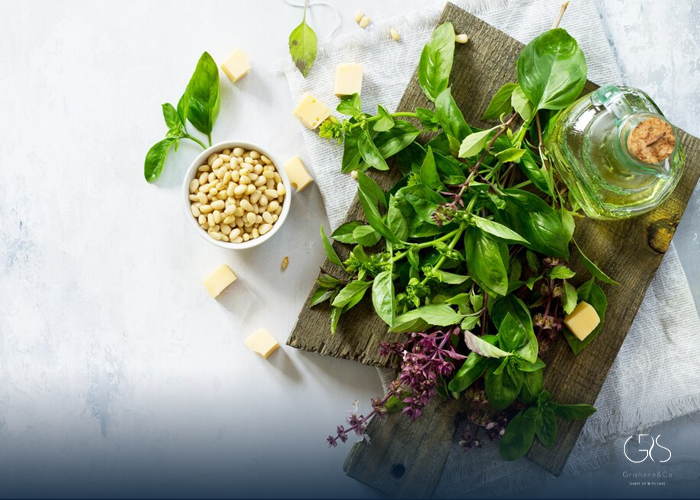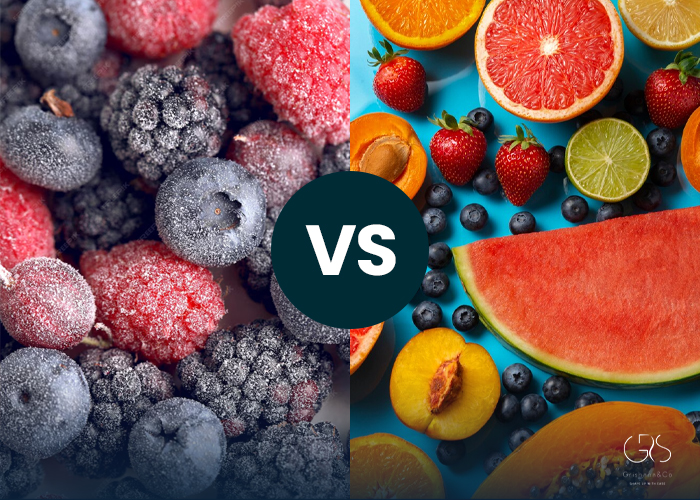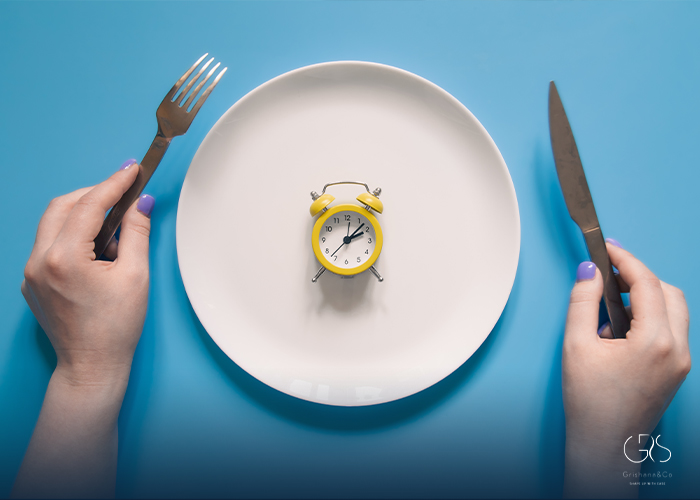Banana Berry Smoothies have gained popularity among smoothie enthusiasts for their delicious taste and numerous health benefits. These smoothies combine the creaminess and natural sweetness of bananas with the vibrant flavors of berries. However, it is important to consider the potential downsides of incorporating bananas into berry smoothies. Various research and differing perspectives suggest that combining bananas with berries in smoothies may have some negative impacts. In this article, we will discuss these potential drawbacks and provide tips on how to optimize your Banana Berry Smoothies for maximum enjoyment and nutrition.
Why Bananas May Negatively Impact Berries
- Sugar Overload: Bananas are known for their high sugar content. In fact, according to the United States Department of Agriculture (USDA), a medium-sized banana contains approximately 14 grams of sugar source. When combined with naturally sweet berries, this can result in a sugar overload. Excessive sugar consumption has been linked to various health concerns, including weight gain, increased risk of chronic diseases, and potential negative effects on blood sugar levels.
- Caloric Load: Bananas are relatively high in calories compared to many other fruits. In the USDA database, it is noted that an average medium-sized banana contains around 105 calories source. Adding a banana to your smoothie can significantly increase its caloric load, making it less suitable for those who are watching their calorie intake.
- Affect on Flavor: While this may vary based on personal preference, some individuals argue that the addition of bananas can overpower the natural flavors of berries in a smoothie. This can be a concern for those who primarily want to enjoy the taste of the berries they are using.
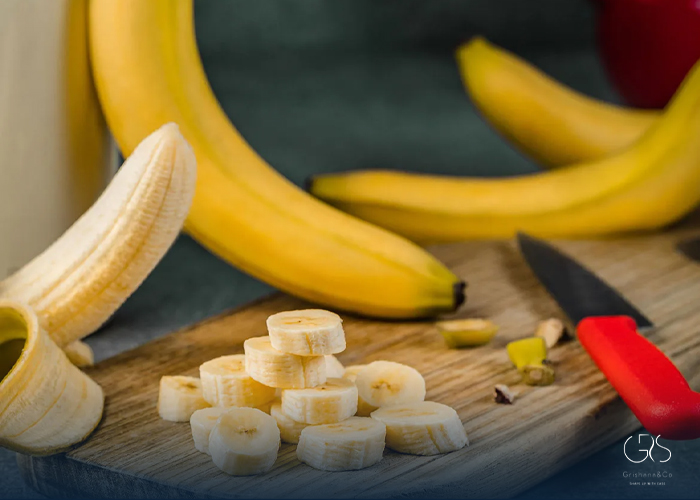
Getting the Most Out of Your Smoothies:
- Balancing Ingredients: To reduce the potential negative impacts of bananas on berries, consider balancing the flavors and sweetness ratios by incorporating a smaller portion of banana along with a greater quantity of berries. This allows you to maintain the creaminess and sweetness while minimizing the sugar content.
- Exploring Lower-Sugar Alternatives: If you are concerned about the sugar content in bananas, try using lower-sugar alternatives to sweeten your smoothie. For instance, you can experiment with natural sweeteners like a small amount of honey or a splash of vanilla extract. Additionally, incorporating low-sugar fruits such as citrus fruits can provide a tangy flavor without the added sugar load.
- Consulting Diverse Perspectives: It is important to note that while some research and opinions highlight the potential negative impacts of bananas in smoothies, others argue that the nutritional benefits they provide outweigh these concerns. It is always advisable to seek diverse perspectives, consult reputable sources, and make choices that align with your specific health goals and dietary requirements.
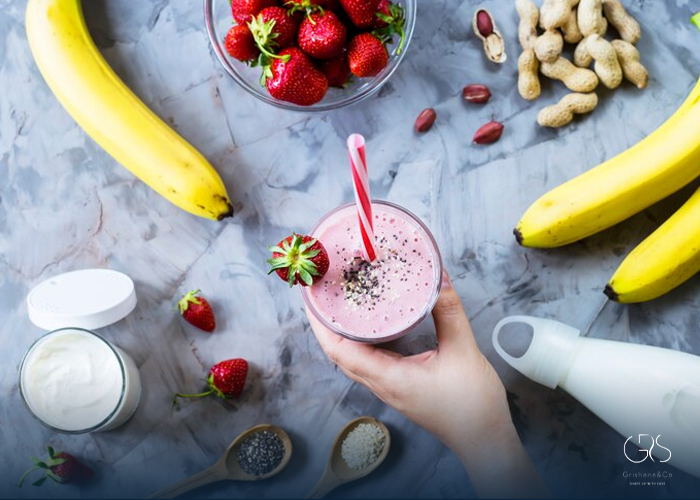
Conclusion:
While bananas can add a desirable creamy texture and natural sweetness to berry smoothies, it is essential to be aware of the potential negative impacts they may have on the overall nutrition profile of the drink. Balancing ingredients, exploring lower-sugar alternatives, and considering diverse perspectives can help you make more informed choices when preparing your berry smoothies, taking into account the health benefits of bananas.
Sources
- Harvard Medical School, The sweet danger of sugar
- United States Department of Agriculture (USDA), Bananas, raw


